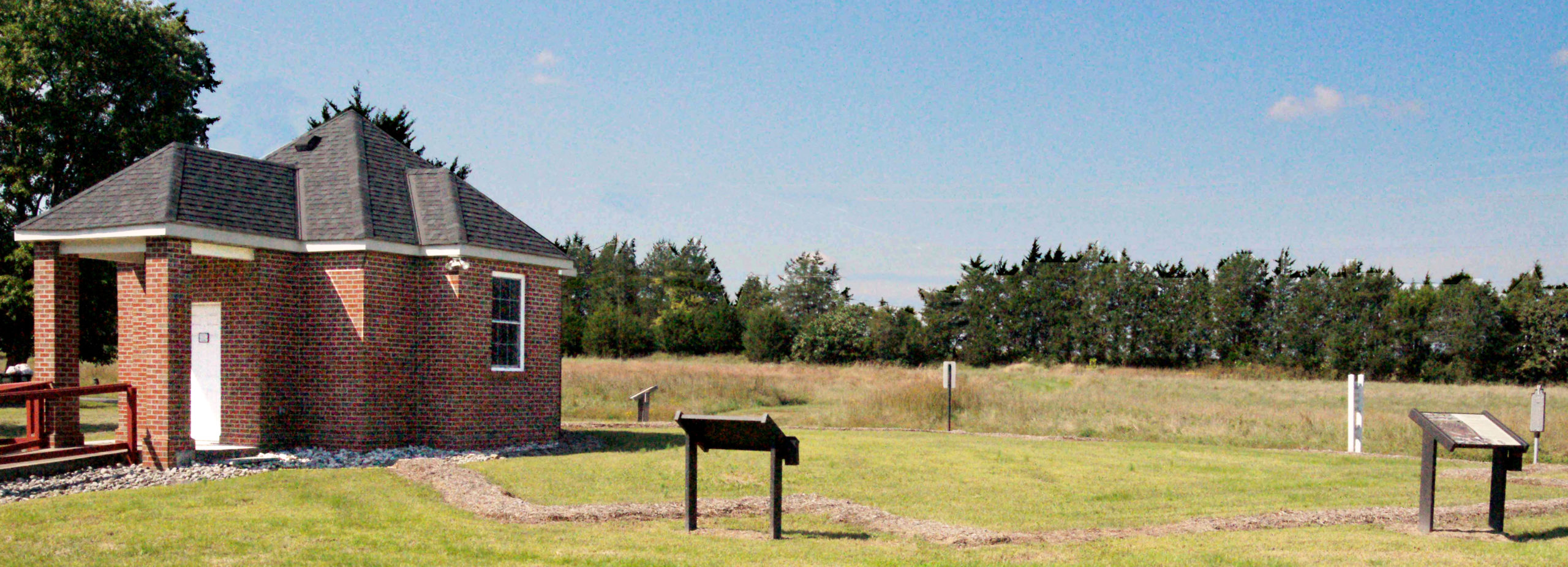2006-2018
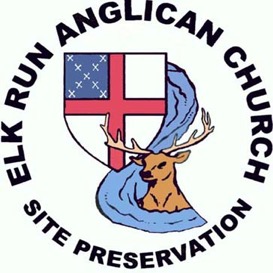
Compiled By
Edward F. Dandar Jr. (COL, USAR Ret.)
Chairman, ElkRunChurchSitePreservationCommittee
October 15, 2019 • Nokesville, Virginia
Acknowledgments
Many volunteers, tradesman, and businesses have been helpful and kind. The persons most responsible for getting the Mini-Museum planned and built were Carol Miller (Architect), Greg Miller (footers, foundation and initial framing), Jeff Woodward (finished framing and roof), Lory Payne (recommended low cost shingle installer and brick provider), and Morris Payne (no relation to Lory), Bricklayer (obtained donated mortar and sand, plus cut a third of his salary toward the brick work). The KC Electrical Company, Inc. installed the electric service at minimum cost for labor and materials. During the week and weekends year round, they built various segments of the Mini-Museum.
Other key volunteers included: the William Gulick Family, Michael Wade, Ray and Mary Root, William and Jackie Patton, John Toler, Karl Hertag, Becky Garber, Dr. Carl Lounsbury, Director of The Williamsburg Foundation’s Architectural Department, Katherine Brown (the Germanna Foundation), Donald Thorpe, the Southern Fauquier Historical Society, Juanita Jones,
The Huguenot Society of Georgia, Gail Fleischaker, Janet Pastrick, Butler & Eicher, Jimmie Eustace, and Dennis Loba.
Norman Williams assisted me on many weekends photographing our four years of site preparation, the construction effort, and the Museum wall and exhibit displays. It is his photography that is used in this report to better inform the reader of the actual journey of building the Museum and displaying exhibits.
Sarah Gulick prepared and donated the Archaelogical Wall Exhibits, Artifact Display Case arrangements, and produced a DVD Documentary on our efforts up to 2007. Church Administrator, Karen Pickrell, provided critical administrative support during the entire ongoing effort.
I want to sincerely thank the Fauquier County Board of Supervisors who provided grants during 2008-2010 during critical phases of Museum construction. I also want to thank everyone who contributed funds, materials and services, and all those who came out to support the construction and establishment of the Mini-Museum, I am most grateful.
Foreword
It needs to be pointed out at the beginning of this report that during one of Dr. Carl Lounsbury, Director of The Williamsburg Foundation’s Architectural Department visits to the Elk Run Anglican Church Site, he stated that when we completed our archaeological work, we should preserve a significant corner of the foundation for future viewing by building an Archaeological Shelter over it to preserve this foundation segment.
One weekend after we completed the Shelter foundation and were putting up some of the wall framing, a Fauquier County Building Inspector stopped by to inquire what we were doing. When we indicated that visitors would be welcome to view our foundation artifact, he stated that this building was a Mini-Museum, and we were required to submit a commercial set of building plans. The building of the Mini-Museum was delayed six months while the necessary commercial plans, zoning variances and permits were obtained. The Fauquier County Community Development Department was very helpful in guiding us through this maze of requirements.
The purpose of this Report is to document the five years of the all-Volunteer Mini-Museum construction effort, and the follow-on historical research effort and exhibits that captures the key aspects of the original inhabitants, the settlers, the Elk Run Anglican Church in Virginia, and other historical aspects of the greater Elk Run area.
Table of Contents
- The Beginning
- Volunteers
- Initial Focus
- Dedication Ceremony
- Chronology of Activities
Photo Tabs
- Filling and Grading Dig Site
- Seeding Landscaped Area
- Grading Parking Lot Area
- Museum Building Measurements
- Key Church Foundation Corner
- Footers Finally Dug
- Museum Walls Started
- Roof Ready for Shingles
- Fascia & Soffit Installed
- Becky Garber Completes Insulation
- Karl Hertag Nails Corner Trim
- Museum Foundation Segment Display
- 2010 Museum Dedication
13a. Sarah Gulick Documents the Dedication
- Finishing Foundation Display Area
- Volunteer Installs Wall Panels
- Cemetery Deed Transfer
- Discussing Cemetery Discovery
- Initial Museum Display
- Karl Hertag Completing Base of Glass Display Case
19a. Glass Artifact Display Case
19b. Glass Artifact Display Cases
19c. 18th Century Jug Fragments
- Rev. James Keith Panel
- Wooden Cross for Archaeologically Found Grave
22a. Indian Artifact Display Case
22b. Indian Wall Picture Display
- Germantown and Elk Run Church
23a. Late 1700’s Germantown Clothing Fabric
- Discovery of Elk Run Church Site Interpretative Sign
- John Marshall Wall Panel
- 1700’s Ministry Display Case and Wall Panels
- 18th & 19th Century Historic Houses in Elk Run Vicinity
- Elk Run Church Historical Site Interpretative Signs
The Beginning
The Museum’s goal since 2008 was to showcase a segment of the old Church foundation, and to depict the history of the area (Native Americans, Settlers, the Church and its first Minister, Rev. James Keith, grandfather of Chief Justice John Marshall). The Mini-Museum also covers the seven year archaeological effort and its conversion to a Historic Church Park, including other historical items of interest.
Conversion of the archaeological site to a Historical Church Park and Mini-Museum started in November 2006 with covering the exposed foundation with silt fabric and backfilling the foundation area (Tab 1). Matthew Gulick assisted in the grading, seeding (Tab 2) and establishing a small parking area (Tab 3).
Volunteers
Several St. Stephen’s parishioners volunteered to provide their professional skills and support to the early planning, foundation work and finishing the construction of the Museum. Architect, Carol A. Halvorson Miller provided the initial design and plan for the building (Tab 4) that included uncovering a key corner of the foundation (Tab 5). Her husband, Greg Miller, a building contractor, got the footings dug (Tab 6) and initial structure started (Tab 7). Parishioner Jeff Woodward, another building contractor, got the building up and ready for shingles (Tab 8). Lory Payne assisted in getting shingles and a roofing contractor to do the job for a reasonable price.
The superb brick work that was done on the Museum in 2009 was accomplished by a local brick contractor, Morris Payne. Because of the difficult American economic situation at that time, he gave the Church a discount price and took payments as donations became available.
Once all the brick work was completed in 2010, the focus was directed to finishing the exterior trim (Tab 9), insulating the interior (Tab 10) and installing the T-111 interior panels (Tab 11).
Initial Focus
A central focus of the Mini-Museum construction was to be its placement over an eventual re-excavated significant segment of the old Church foundation. Once the interior cement floor and walls were completed, Becky Garber completed the re-excavation of the foundation segment (Tab 12).
Dedication Ceremony
On November 14, 2010, St. Stephen’s Episcopal Church held a Dedication Ceremony for the new Elk Run Historical Church Park and Mini-Museum. A short church service using a 1750’s Prayer Book format was held within the outline of the old Church foundation for the first time in over 200 years. Officiating at the Dedication was The Rt. Rev. E. (Ted) Gulick, new Assistant Bishop of the Diocese of Virginia (Tab 13). Sarah Gulick documented the Dedication Ceremony (Tab 13 a).
About 1,631 volunteer hours of service was provided from late 2006 until the end of 2010 to complete the construction of the Museum and related supporting activities. Some of the work accomplished by volunteers is shown in Tab 14 and Tab 15.
Chronology of Activities
In 2007 and 2008, while the Museum was being built, presentations at key outreach events like professional conferences and community organizations were accomplished.
In 2007, a 10-minute Video Documentary on our efforts up to 2007 was produced by Sarah Gulick with support from Marymount University and Studio UP (www.studioup.com). On request, our Documentary and artifact displays were shown at the Williamsburg’s 400th Anniversary of Jamestown, Virginia. Copies of the DVD Documentary were also provided to Fauquier County Elementary Schools.
In early 2008, Dr. John Eddins presented the Elk Run Church DVD Documentary at the 2008 Society for Historical Archaeology Conference in Albuquerque, New Mexico on 11 January. In March, other local historical presentations were made in Prince William County and in the Fauquier Heritage Lecture series.
In June 2008, the Archaeological Protective Shelter foundation work resumed by putting up the Shelter walls led by Greg Miller and assisted by several St. Stephen’s Church members. During a 22 June visit by Fauquier County’s Zoning Office Inspector, it was determined that the Protective Shelter would be reclassified as a Mini-Museum/Commercial activity and all pertinent Zoning and Building permits and approvals would be required.
From July to December 11, 2008, all requirements were completed; Permits obtained, and work on the Mini-Museum resumed in late January 2009.
The adjacent Elk Run Church Cemetery had changed owners over the years but on November 20, 2011, William C. Patton, Jacqueline E. Patton and Christina A. Patton graciously donated the property to St. Stephen’s Episcopal Church so that it could become part of the Elk Run Historic Church Park and held in perpetuity (Tab 16). The acquisition of this approximate 100 ft. by 100 ft. Cemetery property added to the historical significance of the Elk Run Church Site.
The Cemetery adds 11,168 sq. ft. to our historic site for a total of 20,770 sq. ft. A new Cemetery Interpretative Sign summarizing its discovery was designed and donated by Sarah Gulick and also unveiled on 20 November (Tab 17).
When the Museum first opened in 2010, its main attraction was the exposed foundation segment of the original church, and some of the artifacts recovered from the Archaeological Dig displayed in wooden artifact cases (Tab 18) used for Community area displays.
In 2012, small donations enabled the purchase of two used glass display cases. Karl Hertag and Becky Garber helped in modifying them with a new base, wheels to permit their mobility, and a new coat of paint (Tab 19). Artifacts formerly in two mobile display cases are now displayed in them (Tab 19 a. & 19 b.). 18th Century Jug Fragments (Tab 19 c.) are also part of the display.
In 2013, Gail Fleischaker, a descendant of Rev. Keith in Massachusetts completed her research and documentation for a draft of the Museum’s wall hanging on Rev. James Keith. Janet Pastrick, Illustrator, and Jimmie Jones, Art Display Co., both of the Black Horse Cavalry Civil War re-enactment Troop, completed the final Rev. Keith hanging (Tab 20) for a fraction of the cost and a tax deduction letter. A poster size copy of the Rev. Keith hanging was finalized by Gail Fleischaker and is located on St. Stephen’s Parish Hall wall with other Elk Run Church Site items.
Sarah Gulick, in addition to updating our Web Site, also revised our 4” x 6” postcard size handout with photos taken by Norman Williams of our Museum and grounds.
In 2013, the maintenance of the Elk Run Church historic site, Museum, and grounds was added to St. Stephen’s Church budget as a line item.
In 2014, visitors to the Site included the Germanna Foundation with about 275 folks on 18 July. A Community Open House was held on October 26, 2014.
In late 2014 and early 2015, generous donations from Juanita Nichols Jones, descendent of Rev Keith and 1st V.P. of The Huguenot Society of Georgia, enabled us to have a quality wooden cross made for our archaeological found grave site and its proper delineation (Tab 21), plus completion of our Indian Artifact Display Case (Tab 22).
We were able to add a Museum section of drawings on the Manahoac Indians that initially inhabited the area. The drawings came from a 1705 History of Virginia Book that Don Tharpe provided to make some photographic copies. A 1600 German produced map of the Manahoac area in Virginia was also added to the Indian collection (Tab 22 a.).
Indian Artifacts provided by Jimmie Eustace, including those found during our Archaeological Dig, have been placed in our new Corner Indian Display Case.
In early 2016, correspondence with Katherine Brown of the Germanna Foundation and descendent of Rev Keith resulted in a donation of a Museum wall hanging on the early Germantown Settlement’s interaction with the Elk Run Anglican Church (Tab 23).
In mid-2016, the Museum installed the last exterior Archaeological Interpretative Sign that describes the “Discovery of the Elk Run Anglican Church Site” and the work accomplished there (Tab 24).
In 2017, funding from the Southern Fauquier Historical Society enabled the construction of two new corner display cases: one beneath the Germantown Wall Panel and one beneath the newly framed Chief Justice John Marshall Wall Panel (Tab 25). Rick Dodd was the Cabinet Maker that made the Museum’s large and small corner display cases. Janet Pastrick, Illustrator, also did the work on the above two wall panels.
A 18th Century Anglican Minister Re-enactor, Dennis Loba, who has participated in various Museum Open House events, provided some 18th Century Clergy items for our new Clergy Display Case (Tab 26) under a new wall Panel depicting key Virginia Anglican Church Highlights and under Rev. James Keith’s wall hanging.
In 2018, a Museum wall display of 18th and 19th Century Houses in the Elk Run vicinity was displayed (Tab 27).
The preservation of this old historical Church site and Museum provides Fauquier County residents and Virginia visitors a number of cost-free benefits.
First, its addition to Fauquier County’s historical sites of interest provides local schools and visitors a place to learn about southern Fauquier County history from the Museum and “Interpretative Signs” at the site. (Tab 28)
Second, various Fauquier and other historical societies can schedule on-site meetings to discuss its place in history. The Committee is requesting that this historic Church site be listed on Fauquier County’s list of historic tour sites for County schools and Virginia visitors.
Prepared by: Edward F. Dandar Jr. (COL, USAR Ret.)
Chairman, Elk Run Church Site Preservation Committee
Photo Tabs
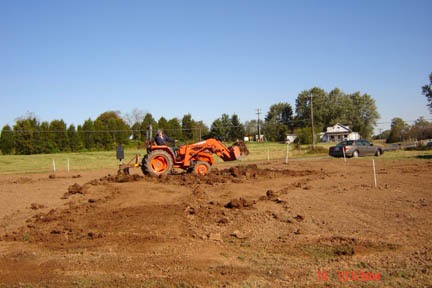
Tab 1 Filling and Grading Dig Site
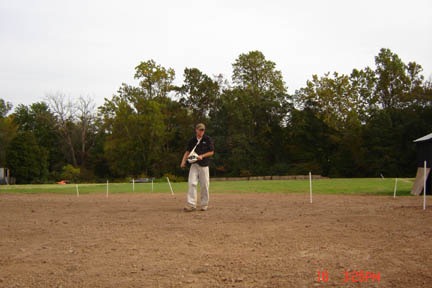
Tab 2 Seeding Landscaped Area
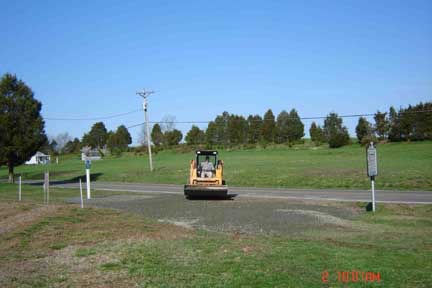
Tab 3 Grading Parking Lot Area

Tab 4 Museum Building Measurements
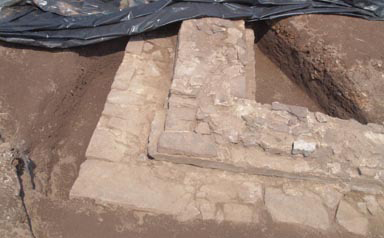
Tab 5 Key Church Foundation Corner
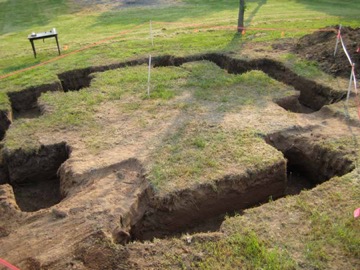
Tab 6 Footers Finally Dug
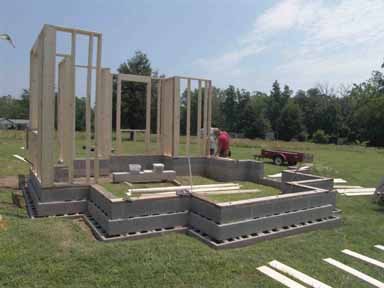
Tab 7 Museum Walls Started
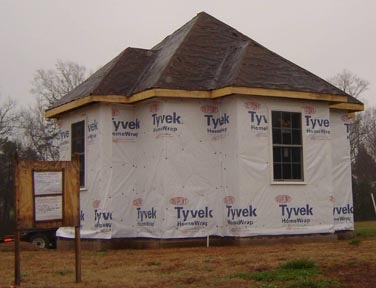
Tab 8 Roof Ready for Shingles
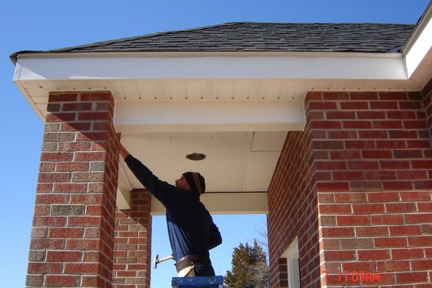
Tab 9 Fascia & Soffit Installed
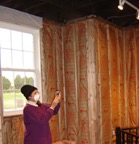
Tab 10 Becky Garber Completes Insulation Work
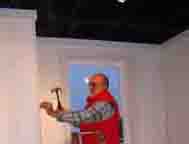
Tab 11 Karl Hertag Nailing Corner Trim

Tab 12 Museum Foundation Segment Display
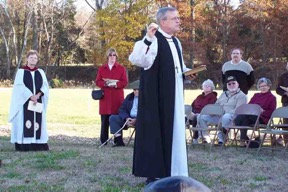
Tab 13 2010 Museum Dedication
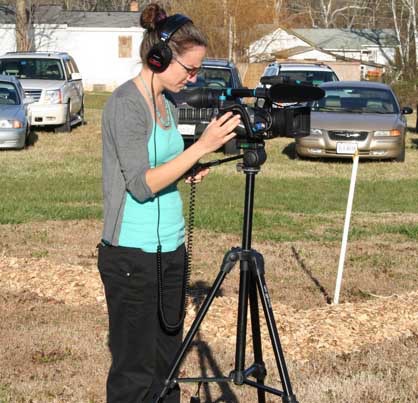
Tab 13a. Sarah Gulick Documents the Dedication
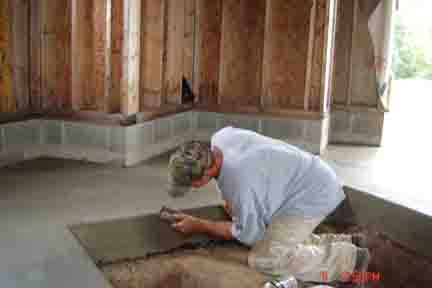
Tab 14 Finishing Foundation Display Area
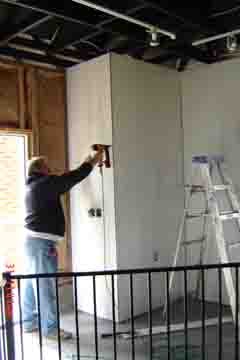
Tab 15 Volunteer Installs Wall Panels

Tab 16 Cemetery Deed Transfer
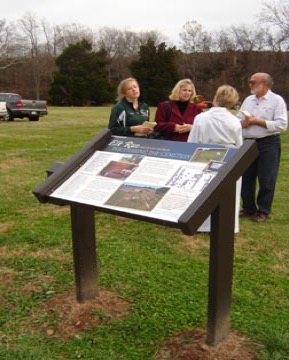
Tab 17 Discussing Cemetery Discovery
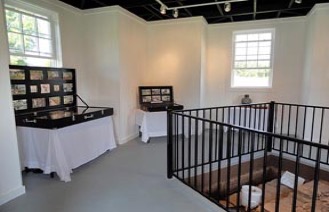
Tab 18 Initial Museum Display Cases
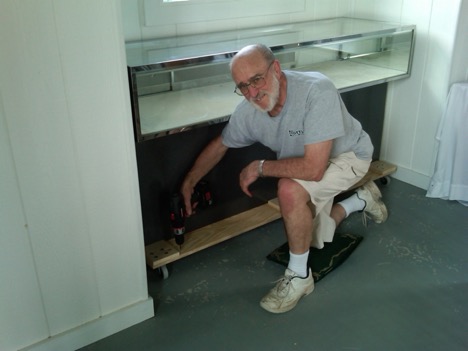
Tab 19 Karl Hertag Completing Base of Glass Display Case
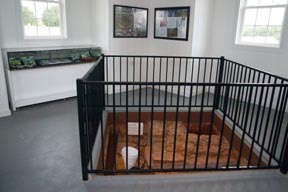
Tab19a. Glass Artifact Display Case
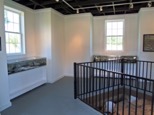
Tab 19b. Glass Artifact Display Cases
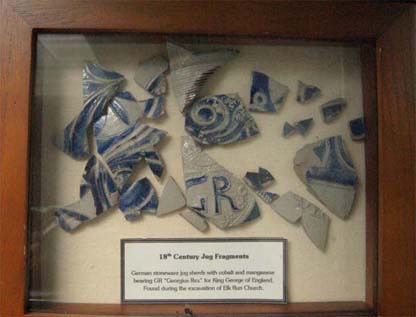
Tab 19c. 18th Century Jug Fragments
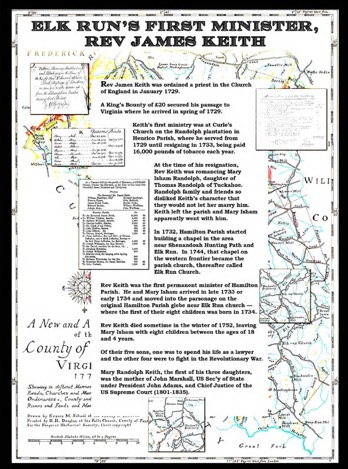
Tab 20 Rev. James Keith Panel
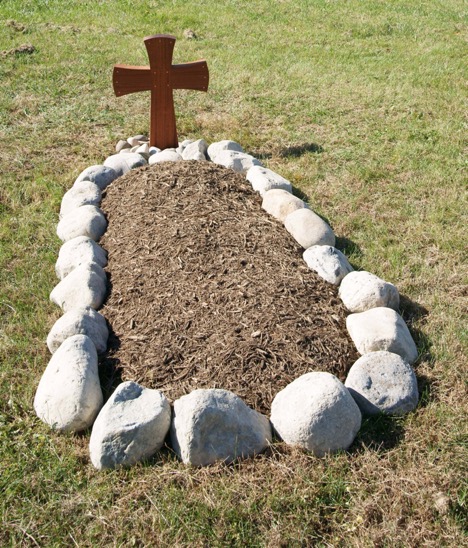
Tab 21 Wooden Cross for Archaeologically Found Grave Site
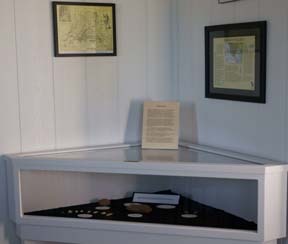
Tab 22a Indian Artifact Display Case
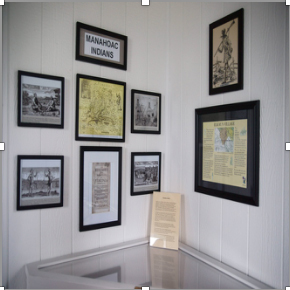
Tab 22b Indian Wall Picture Display & Map

Tab 23 Germantown and Elk Run Church Interaction
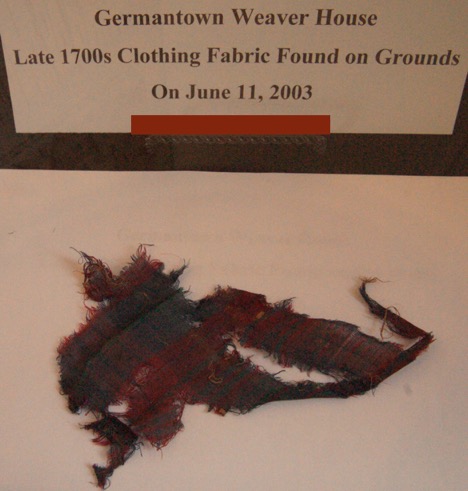
Tab 23a Late 1700s Germantown Clothing Fabric
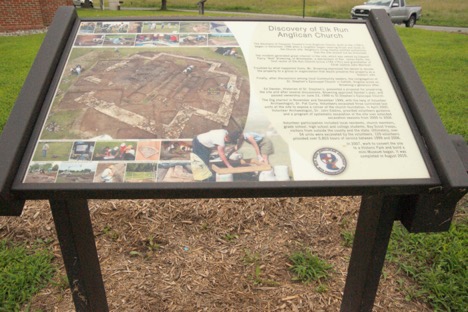
Tab 24 Discovery of Elk Run Anglican Church Interpretative Sign
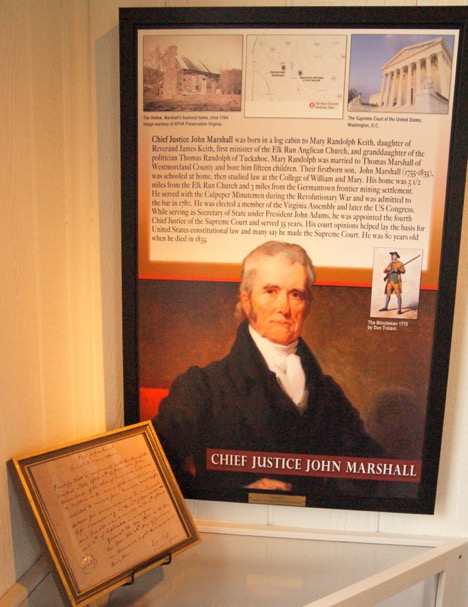
Tab 25 Chief Justice John Marshall
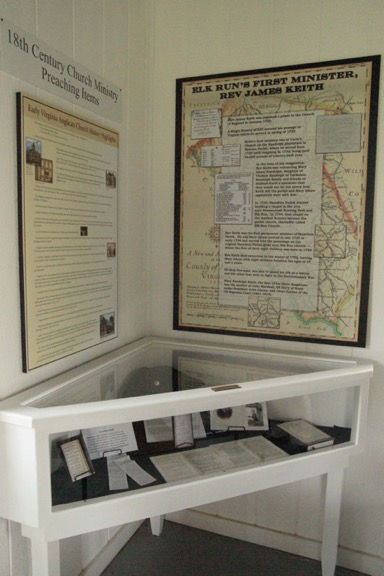
Tab 26 1700’s Ministry Display Case and Wall Panels
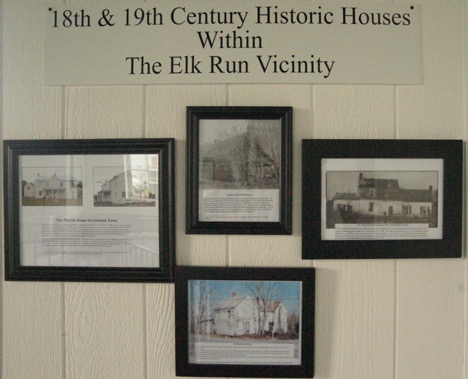
Tab 27 Museum Wall Display of 18th and 19th Century Houses in Elk Run

Tab 28 Elk Run Church Historical Site Interpretative Signs
